Mitosis and EigenLayer: Supercharging Restaking with Cross-Chain Liquidity
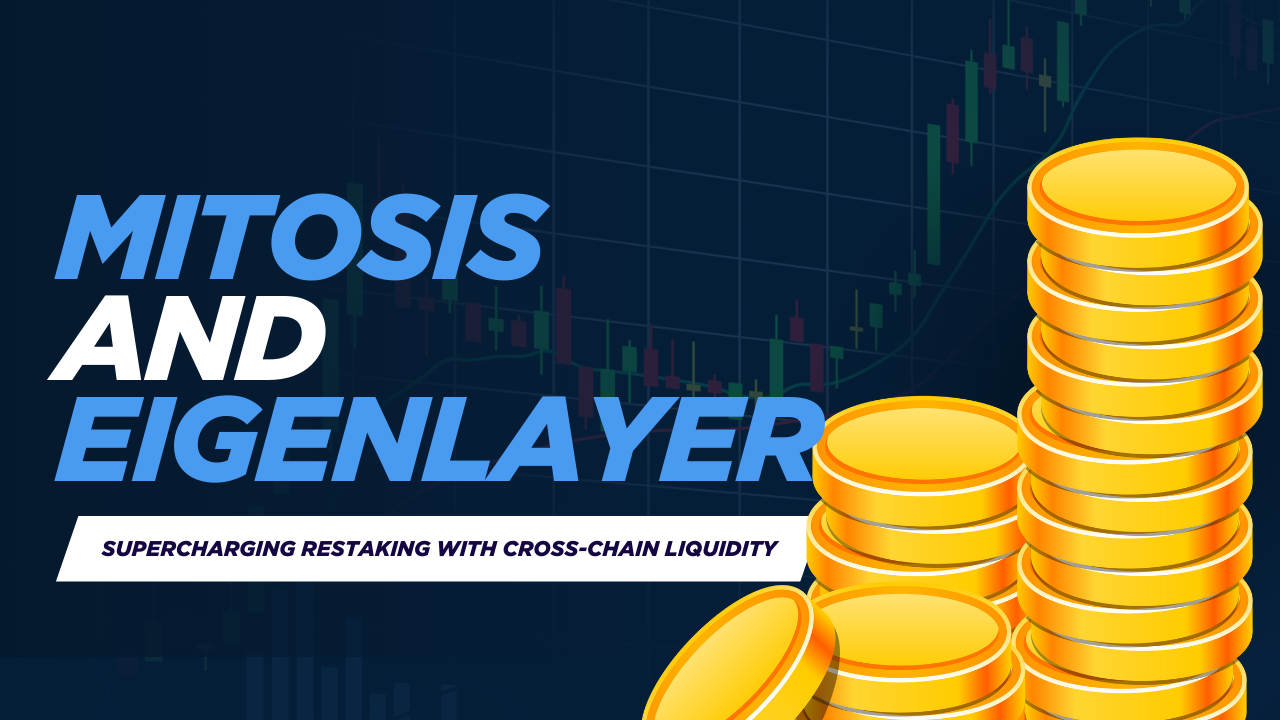
Partnerships are a great way for crypto projects to capitalize on each other's usecases in order to deliver a great product to its users.
In today's article, I will be covering the partnership between Mitosis Protocol and EigenLayer
Mitosis
Mitosis is an Ecosystem-Owned Liquidity (EOL) Layer 1 blockchain that enhances the DeFi liquidity provider experience. It employs economies of scale in asset management, increasing bargaining power for liquidity providers (LPs) and enabling multi-chain DeFi exposure.
Key features include the tokenization of liquidity positions through its Matrix product, which curates premium DeFi opportunities, and integration with Hyperlane’s permissionless interoperability stack for seamless cross-chain asset management.
EigenLayer
EigenLayer is a protocol built on Ethereum that introduces restaking, a new primitive in cryptoeconomic security.
Restaking allows users to restake staked ETH, Liquid Staking Tokens (LSTs), or the EIGEN token into EigenLayer smart contracts, extending Ethereum’s security to additional applications.
This creates a marketplace for trust, involving restakers, operators, and autonomous verifiable services (AVSs). As of recent reports, EigenLayer has attracted over $15 billion in staked assets, supporting nine AVSs with more than 50 in development.
Mitosis and EigenLayer Collaboration
The integration between Mitosis and EigenLayer is multifaceted. Mitosis leverages EigenLayer’s restaked assets, particularly Liquid Restaking Tokens (LRTs), to enhance its liquidity offerings.
Liquidity Providers can deposit LRTs into Mitosis vaults, receiving miAssets that are 1:1 convertible to locked LRT and exist on Mitosis-supported networks. These miAssets can be used in DeFi applications across chains, allowing users to stack yields from ETH staking, EigenLayer Points, and Mitosis rewards.
Mitosis L1 also utilizes EigenLayer to ensure transaction security by anchoring to Ethereum’s security, providing users with a trustworthy platform.
The points system also plays a role in this integration.Depositing weETH into Mitosis Expendition offers higher boosts for wallets with EigenLayer Points, specifically those earned via EtherFi, incentivizing users to participate in both ecosystems.
Cross-chain liquidity is facilitated by Mitosis’s interoperability stack, which positions Mitosis as a solution for scalability in the modular era, complementing EigenLayer’s $2.5 billion in locked assets.
Benefit to Users
The integration offers several benefits for users.
Users gain flexibility by depositing restaked assets into Mitosis and receiving miAssets, which can be used across multiple chains without manual bridging, whereby reducing the complexity of managing positions.
Increased yields are another significant benefit, with users able to stack returns from ETH staking, EigenLayer Points, and Mitosis rewards, through unified yields across chains, making DeFi more user-friendly.
For EigenLayer protocols, the integration attracts more liquidity by making restaked assets versatile.
Conclusion
The integration between Mitosis and EigenLayer appears to be a promising development in DeFi, combining Mitosis’s liquidity protocol with EigenLayer’s restaking mechanism to enhance capital efficiency and user experience.
While some details may evolve, the current evidence suggests significant benefits for users, including flexibility, increased yields, and simplified management across chains.
This collaboration exemplifies how innovative projects can work together to push the boundaries of decentralized finance, potentially shaping the future of cross-chain DeFi.
References

https://docs.eigenlayer.xyz/eigenlayer/overview/
https://www.coingecko.com/learn/eigenlayer-restaking-ethereum
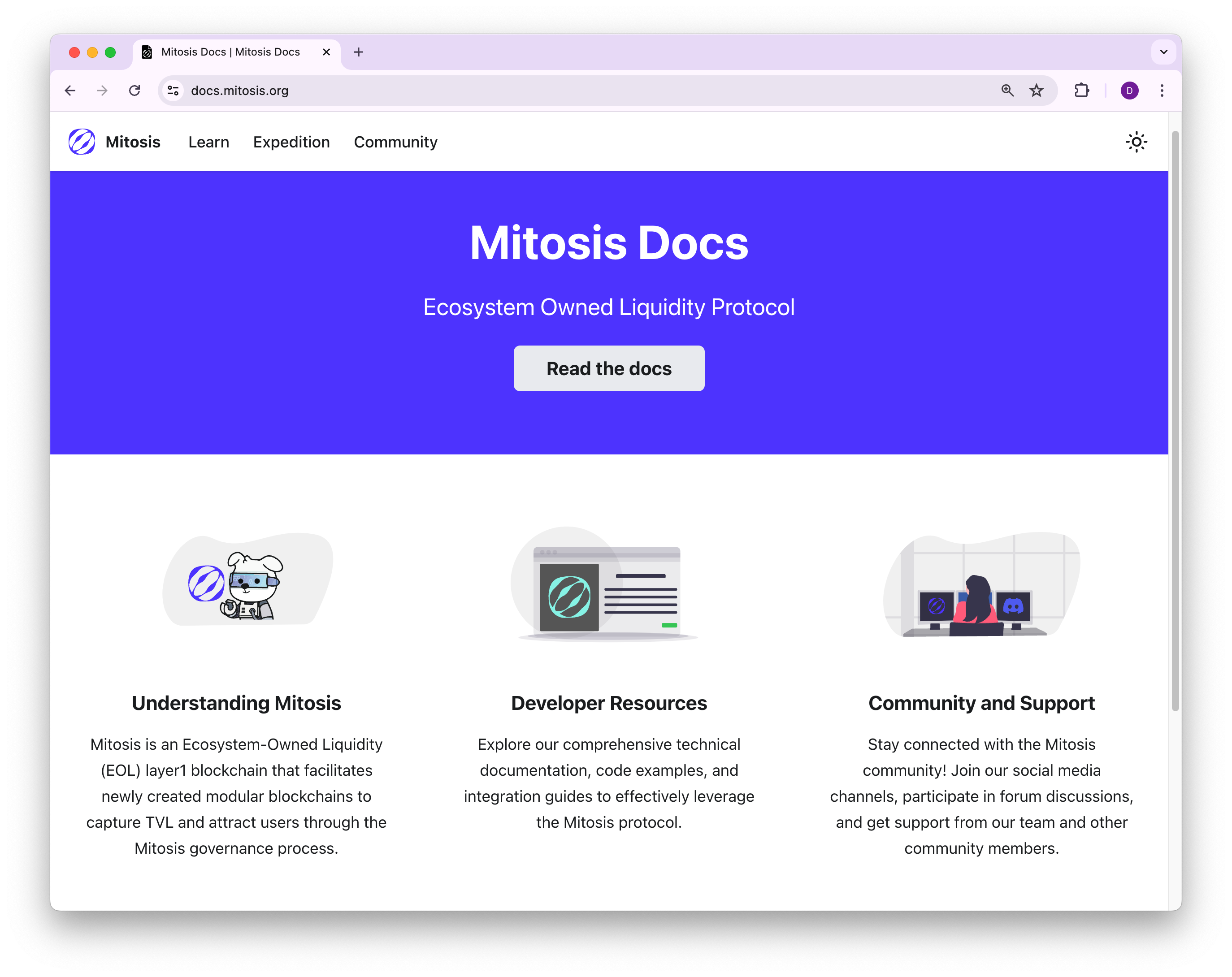

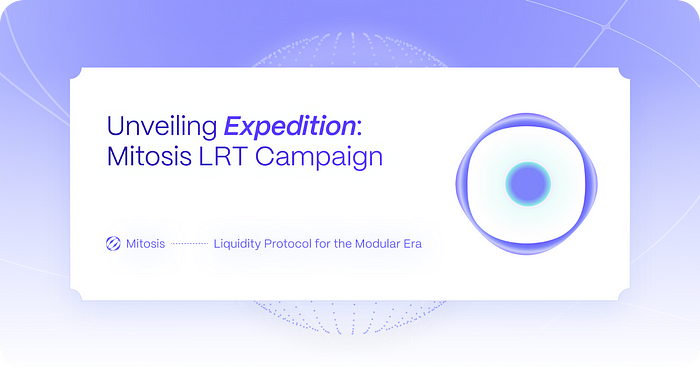
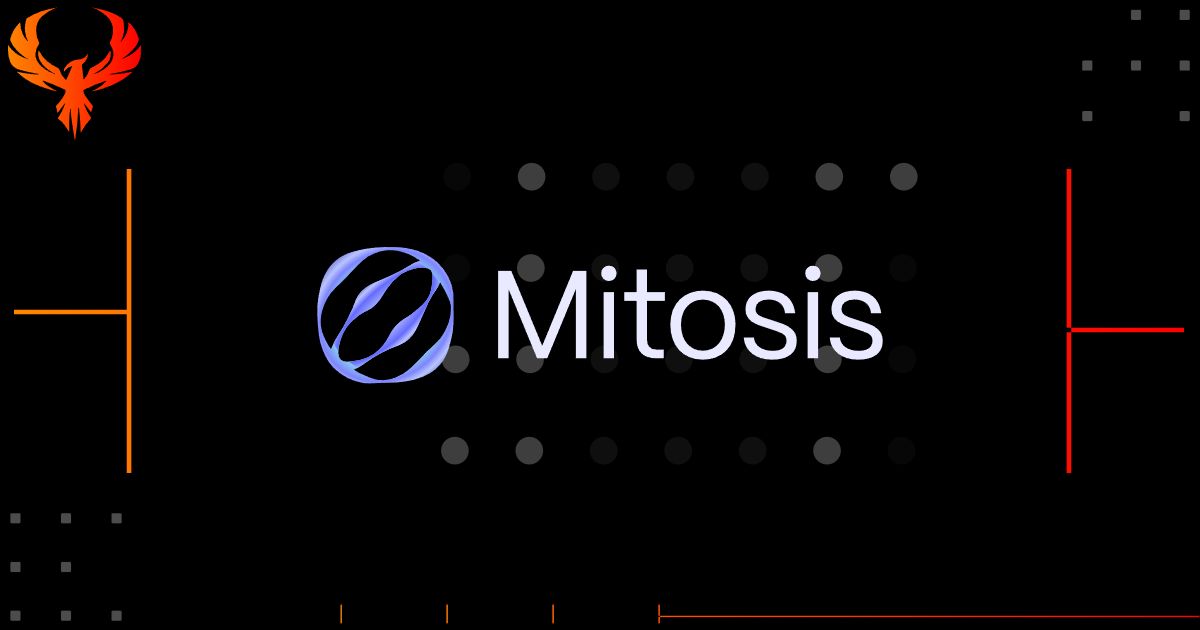
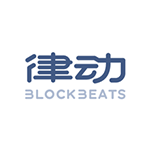
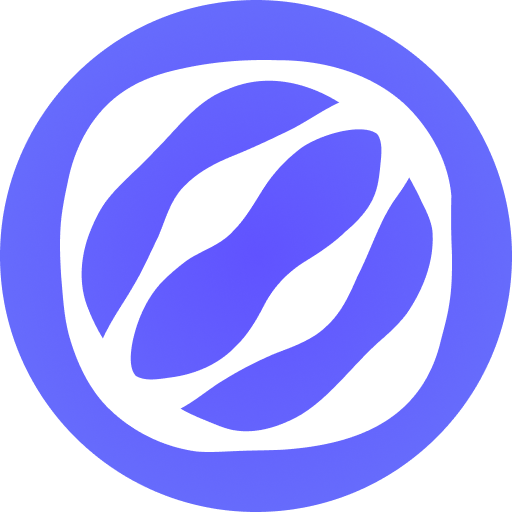

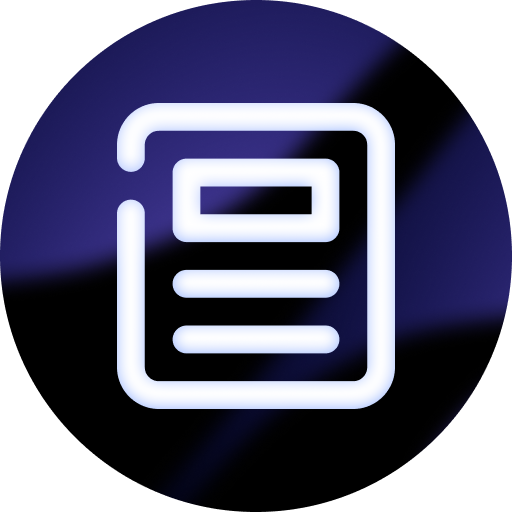
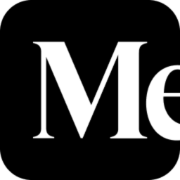


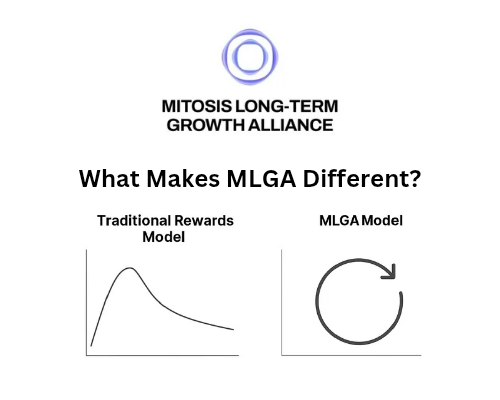
Comments ()